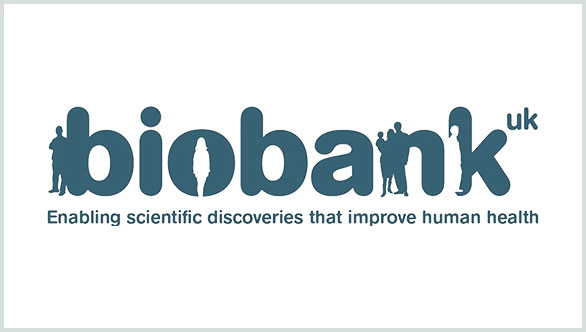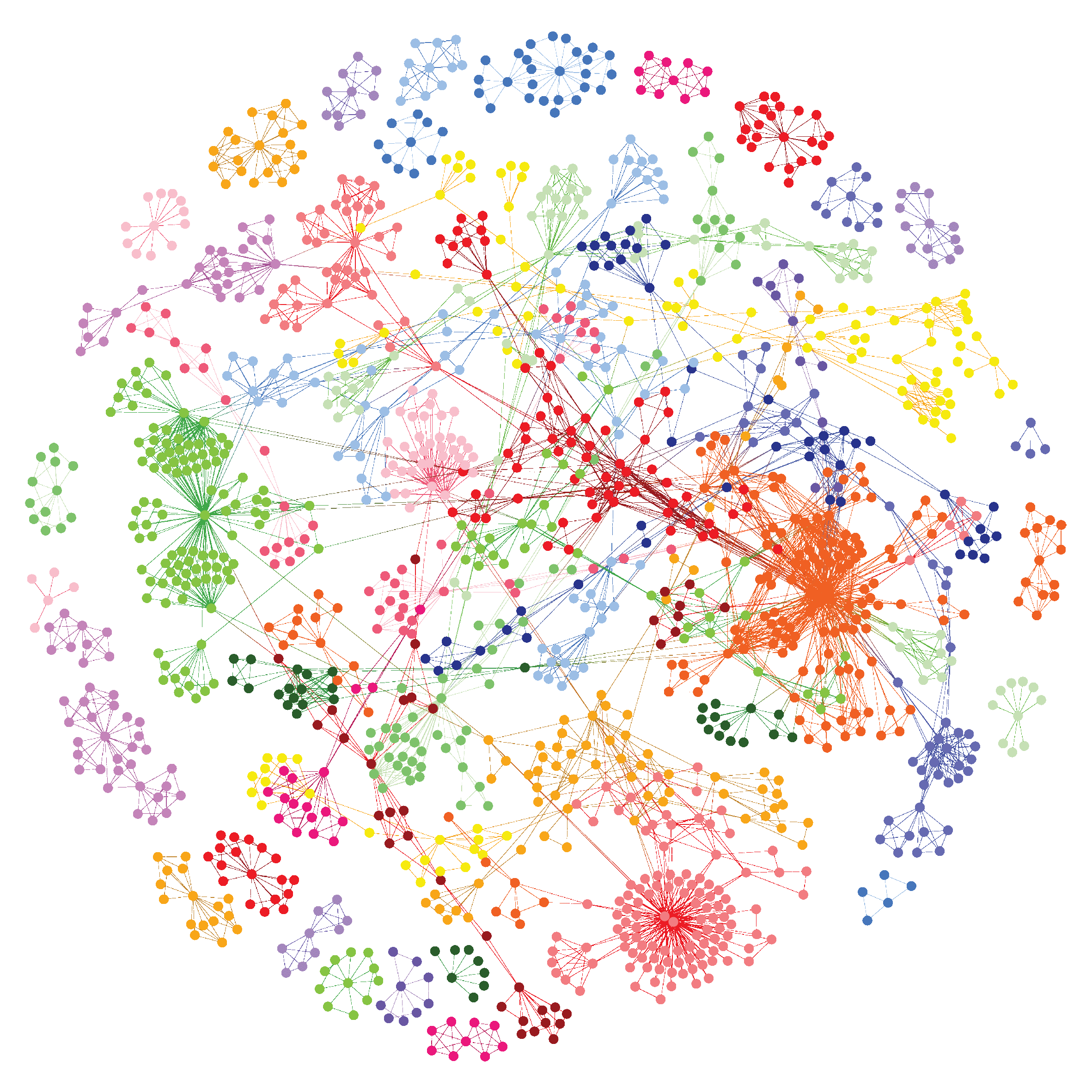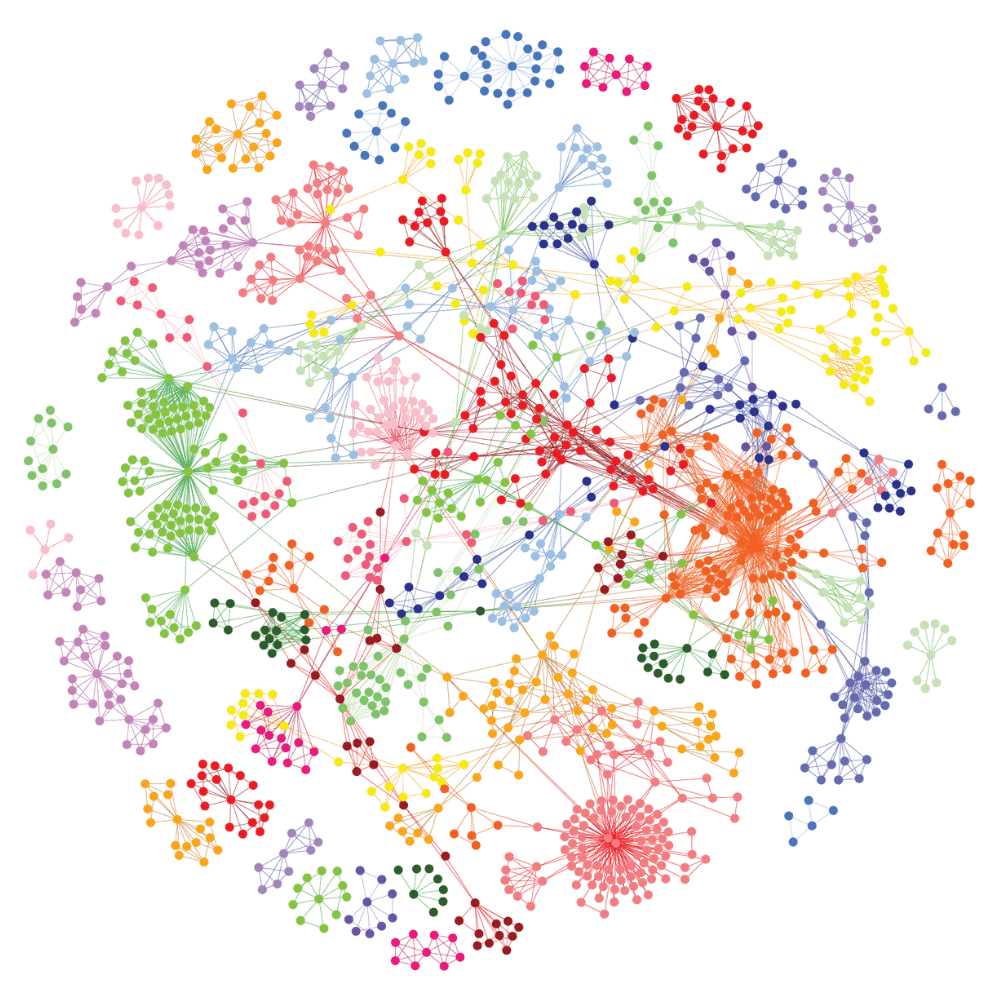Overview
Endometriosis is a painful, debilitating condition that is poorly detected and often misdiagnosed. Endometriosis is estimated to affect 10% of all women, yet it can take an average of 7.5 years before a clear diagnosis is received. The disease and search for an accurate diagnosis has a significant negative impact on a patient’s physical and emotional well-being, quality of life, and economic productivity.
There is a need to identify disease subtypes and understand the mechanisms involved to improve the diagnosis and treatment of this disease and reduce costly and potentially harmful surgical interventions and downstream health consequences.
A recent analysis of data using our combinatorial analytics approach identified disease-associated single nucleotide polymorphisms (SNPs) from genes strongly associated with the risk of developing endometriosis and which have a clear mechanism of action connected to disease symptoms. Of the 233 loci discovered, one SNP was present in every endometriosis patient, indicating a potentially strong role in disease.
Four other SNPs that we identified had already been directly linked to endometriosis in the scientific literature, validating our results. Our analysis generated an initial patient stratification to enable the development of better, more personalized predictive risk scores and clinical decision support tools for a disease that affects at least 200 million patients around the world.







